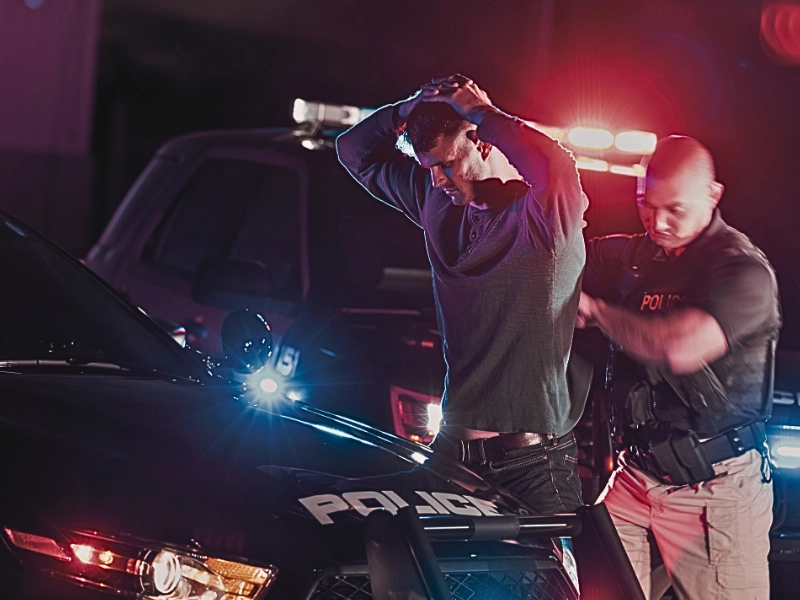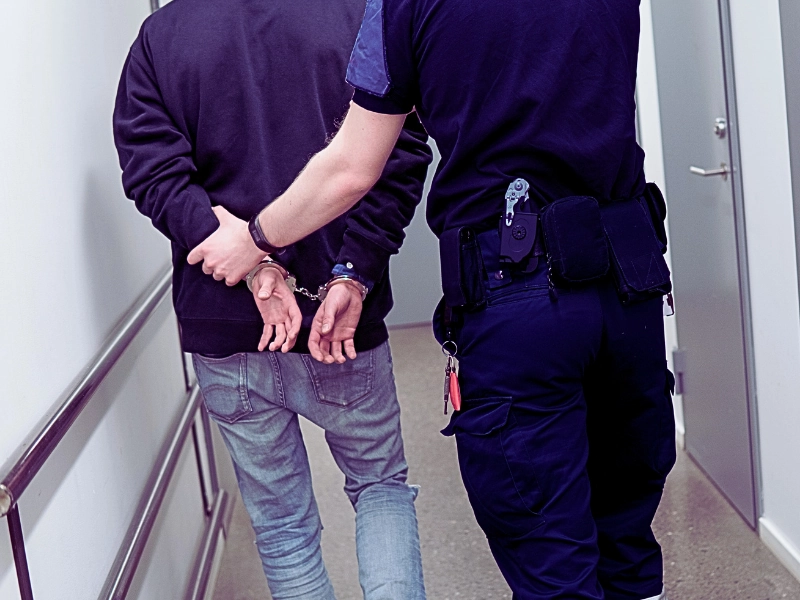Breathalyzers are like any other machine. If they are not properly used, or if they are not properly calibrated, the machine will return inaccurate results. In order for these devices to be effective, they must be used and calibrated to exacting specifications. The more a breathalyzer is used, the more likely it is to malfunction.
Common problems with breathalyzer results known to DWI lawyers in Minneapolis is that they cannot differentiate between alcoholic beverages, and the types of alcohol the digestion of certain foods can cause. Foods high in yeast and sugar for example can produce false results. This is because of the process known as ketosis during which the body burns fat for energy. The process produces isopropyl alcohol which is different than the ethanol found in alcoholic beverages. However, breathalyzers cannot tell the difference between the two.
Another problem is that if an individual has an elevated body temperature, from say a cold or flu, it can change the reading. It can be a significant change that can range between 6.5 and 9%. This is more than enough to sway a breathalyzer reading over the legal limit in Minnesota.
Medical conditions can also impact the accuracy of breathalyzer readings. Conditions such as heartburn or gastroesophageal reflux disease can cause digestive fluid to enter the mouth. When this happens, this can increase the amount of alcohol a breathalyzer picks up in its reading. Given the fact that these are very common medical conditions, and that under Minnesota’s mandatory DWI testing laws many opt for roadside breathalyzer tests, these two conditions alone have the potential to bring into question the accuracy of a large number of breathalyzer tests.
In Minnesota, breathalyzer results processed through the Minnesota Crime Lab are currently being challenged. That is because of the way the state calculates device bias and the way the measurements are recorded. The concern is that innocent people are being convicted of DWI when in reality they were under the legal limit when the breathalyzer was performed. It is quite possible the outcome of these challenges will impact DWI results and cases throughout the state.






